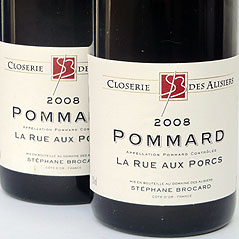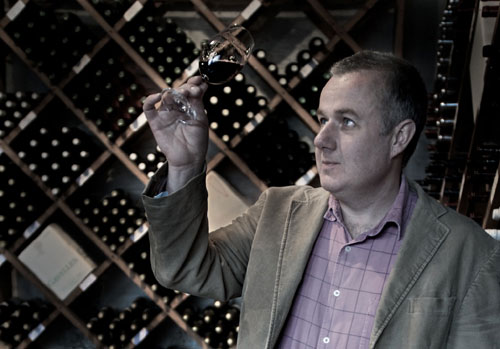Some people are enraged by florid taste descriptions, but the wine business would be a pretty soulless place without gooseberries, saddle leather and wet dogs.
There has been quite a bit of comment in the press recently resulting from research undertaken by a Professor John Hayes at Pennsylvania State University's Sensory Evaluation Centre that concluded that professional wine tasters were likely to have heightened powers of smell and taste (not unlike Spiderman or Daredevil) compared with Joe Public and that their fruity references to gooseberries and mangoes were largely irrelevant to consumers.
Apparently your typical wine buyer just wants basic pointers as to whether a wine is light, dry, medium or full-bodied and doesn't want to be befuddled by a load of verbose clap-trap from pretentious oenophiles.
The most famous exponent of the florid wine description was probably Jilly Goolden who achieved infamy alongside Oz Clarke on the BBC's 'Food and Drink' programme in the 1990s with her baffling references to the likes of wet dogs, toasted teacakes and barge bilges.
Although Jilly’s over-the-top descriptions induced much hilarity one cannot fault her enthusiasm for her subject or her keenness to convey it to a wider public.
The reason all of this is resonant for me at the moment is that I have just been berated by a Guardian-reading, octogenarian, wine-lover from Winchester (which is a niche demographic – I thought you had to read the Telegraph in Winchester) for referring to an Alsace Riesling’s “classic kerosene scents” and (I admit this is worse) describing a Pommard as having “a bouquet of violets, turned earth, liquorice and saddle leather”. Ouch!

I think most people who write about wine for a living do try and curb their inner Jilly but wine is an emotive subject and occasionally one gets carried away. I think there has to be some poetic licence here. I don’t want to live in a world without Keat's "blushful Hippocrene, with beaded bubbles winking at the brim" or Rabelais' Vouvray like "taffeta" or Pliny's pitchy "pictatum" from the sun-kissed slopes of Côte Rôtie. How can you evoke the magic and mystery of the fruit of the vine without trying to paint a picture in words?
Parker points and cold eyed analytics are all very well for hedge fund managers and soul-less super-market buyers but where is the pleasure and where is the passion? People writing about wine are bound to get caught offside occasionally in flights of fancy but at least they are giving us some insight into what they think about a wine and whether it merits our attention.
I say charge the glasses and bring on the purple prose. I want chest-thumping reds from the South, rip-roaring Rhônes and bodice-ripping Bordeaux. The Inuit apocryphally have many words for snow but we only have a limited stock of adjectives to describe tastes so slightly abstract references to struck matches and wet pebbles (both deployed by the great Jancis Robinson MW OBE) can be helpful. If you can't bear flamboyant wine descriptions (and some people like my correspondent from Winchester just can't) don’t read them unless, of course, you enjoy getting wound-up by them.
Perhaps we need to introduce an annual prize for the most torturous wine description in print – I'm sure I could be a contender!

(This post first appeared in The Wine Merchant Magazine, May 2012)








